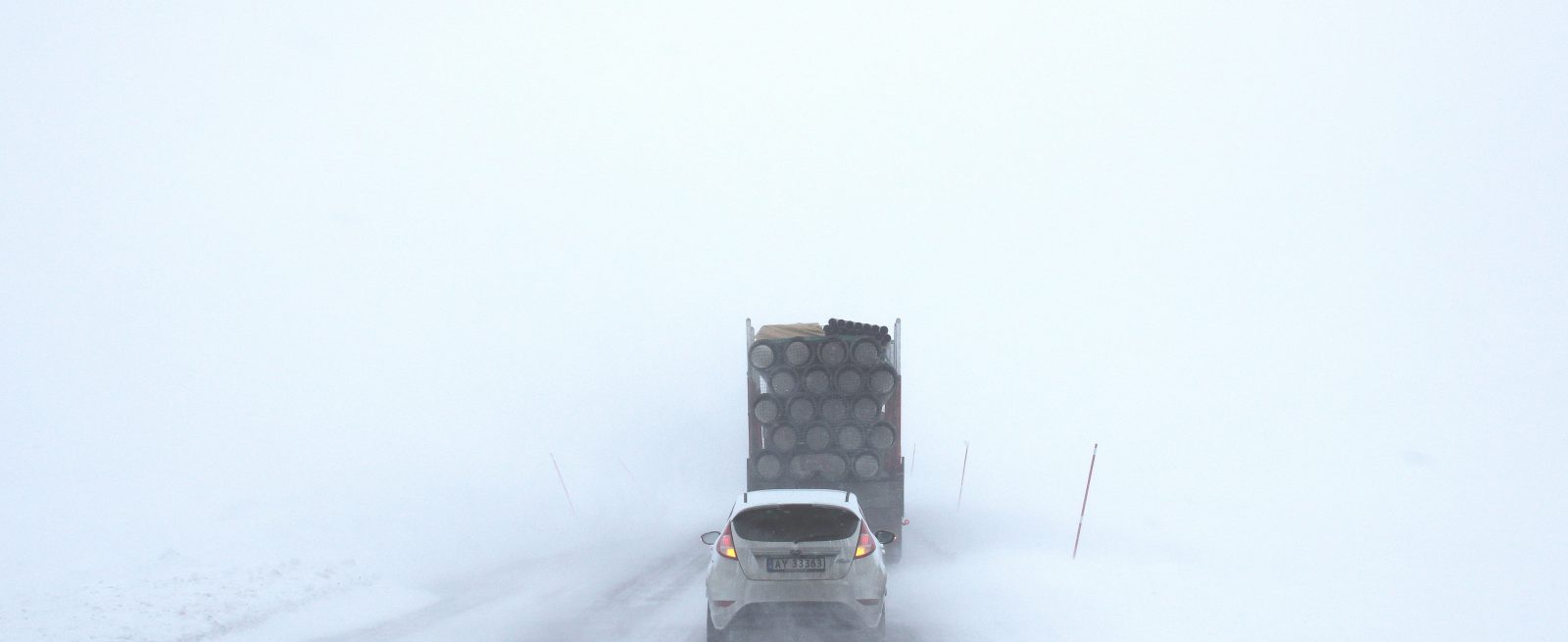Navigating Weather-Related Supply Chain Challenges
2 Min Read By Wade Winters
“Ask the Expert” features advice from Wade Winters, Vice President of Supply Chain for Consolidated Concepts Inc.
Please send questions for this column to Modern Restaurant Management (MRM) magazine Executive Editor Barbara Castiglia at bcastiglia@modernrestaurantmanagement.com.
 “Mother Nature is not sweet.”
“Mother Nature is not sweet.”
–John Shelby Spong
Mother Nature is often the X-Factor in the world of food. All the commodity experts have their projections on what will happen with every crop, but leave it up to a drought, flood, freeze, or any other natural disaster you can think of to ruin all theories.
Weather clearly plays a vital role in determining food costs for restaurant operators. So, when it comes to risk management, having contingency plans for weather-related challenges should be at the top of the list.
Operators can pass through these unavoidable implications brought on by Mother Nature if they take the correct and necessary steps to protect themselves and their supplies. Here are some ways to prepare and minimize the impact:
- Create an acceptable list of substitutions for key / high volume ingredients that are critical to your menu. Examples of this include using iceberg lettuce in place of romaine, blueberries in place of strawberries, and plum tomatoes in place of layered tomatoes.
- Identify an alternative / limited menu option in advance in anticipation of certain products being unavailable. These can be used as limited-time offers until your original ingredients become available.
- Pre-determine alternative sourcing for your top 20 critical items.
- Adjust par levels and confirm the right pack size being used to minimize waste.
- Utilize every and all local produce programs at your disposal. The window of opportunity may be limited so work with your produce supplier to determine best opportunities.
- Switch to smaller sizes where you can, as larger sizes become less available in drought situations.
- If you can, use a frozen product in recipes that can easily accept them.
- If you have room, plant a garden near your restaurant and capture the “grown here” flavor.
- Look to use greenhouse type products in your menu.
- Check your trashcans!! Yield becomes even more critical when the raw product cost goes up.
- Maintain flexibility whenever possible on menus. Avoid specifying particular vegetables or fruits whenever possible.
- Look at blending products where you can continue to work with your high cost staple, but combine it with a lower cost vegetable or fruit.
- Look at alternate pack sizes that may be more cost friendly.
Nobody can truly predict what Mother Nature has up her sleeve. By having a plan before the next natural disaster occurs you can better protect your ingredients, menu items and customer expectations.


